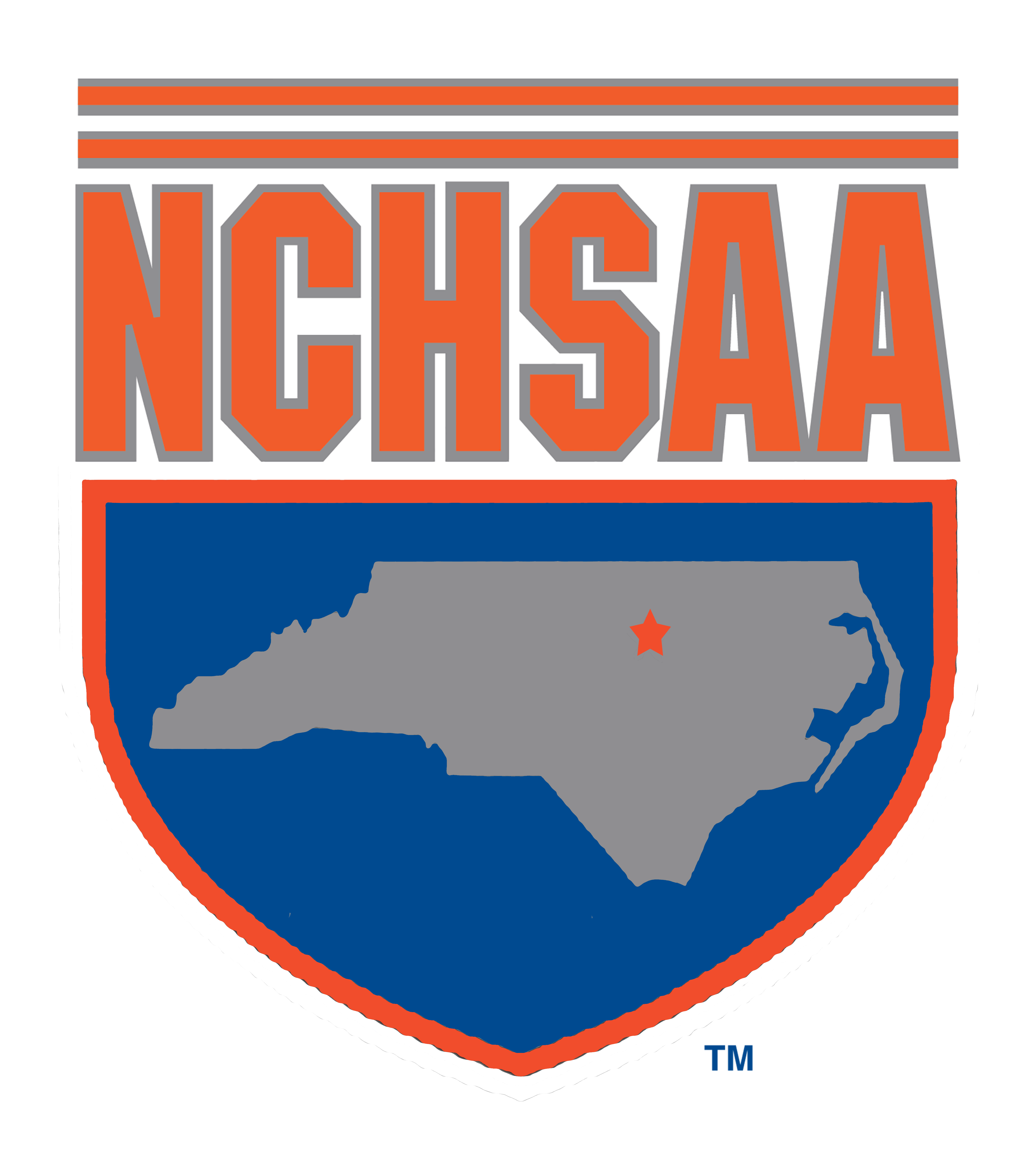High School Athletes Outperform Nonathletes By Wide Margins In Massive Three-Year Academic Study
5 Criteria Used For Comparison by Dr. Roger Whitley for the NCHSAA
A comprehensive, statewide study of the academic performance of high school student-athletes in North Carolina over a three-year period has revealed significant differences between athletes and nonathletes.
The study was done by Dr. Roger Whitley, in collaboration with the North Carolina High School Athletic Association and its Student Services Division.
As a doctoral candidate in the School of Education at East Carolina University, Whitley did an 84-page study entitled "A Comparison of the Educational Performances of Athletes and Nonathletes in 133 North Carolina High Schools." A total of 126,700 high school students at 133 of the NCHSAA's member schools were included in that analysis, representing 44 percent of the NCHSAA's members. Every school using North Carolina's Student Information Management System (SIMS), which represented 301 of the NCHSAA membership, was eligible to participate.
Five different criteria were used to compare athletes and nonathletes, including grade point average, attendance rate, discipline referrals, dropout rate and graduation rate, for the 1994-95 academic year. Gibb Warrick of the Union County schools developed the actual computer program used by SIMS operators to gather the data. Whitley reported that in all five of those areas, athletes performed significantly better than non-athletes.
However, the question asked after that was simple: did that one year represent an anomaly? How have North Carolina student-athletes performed, as compared to non-athletes, over time?
Based on reports now over a three-year period covering some 285,805 students across North Carolina, students who participated in interscholastic athletics in the North Carolina high schools surveyed from the 1993-94, 1994-95, and 1995-96 academic years significantly outperformed their non-athlete counterparts.
In fact, Whitley again noted that it was the magnitude of the difference between athletes and nonathletes which surprised him. "The most surprising aspect of the study was not that athletes as a whole do better, because there was a lot in the literature to suggest that was true, but it was how much better athletes did. The difference was just unreal and the trends are consistent. The analyses of the data for the three-year period show a marked consistency in the performances of both athletes and non-athletes and those 'dumb jocks' were and still are doing better than the non-athletes."
Some of the major findings of this longitudinal study include:
- Grade Point Average: the mean GPA for athletes in the study was a 2.86, while the mean GPA for nonathletes was only 1.96; over the three years of the study, the GPA of athletes ranged annually from 2.83 to 2.91, while that of the non-athletes ran from 1.84 to 2.03.
- Attendance: the average number of absences was significantly lower for athletes than nonathletes; the mean average number of days missed by athletes was 6.52 days per 180-day school year, as compared to 12.57 days for nonathletes. Basically, athletes averaged missing over one week less of school each year during the three-year period than did the nonathletes. The variations from year to year for each group in the average days missed was minuscule.
- Discipline referrals: the percentage of discipline referrals by the reporting schools was significantly lower for the athlete group than the non-athlete group; referrals for athletes ran at a 30.51 percentage while the referral percentage for nonathletes was 40.29 percent. That means that about 10 percent more of the nonathlete population in reporting schools were referred for discipline problems than the athlete population. Discipline referrals for '96 were up in both athletes and non-athletes as compared to the two previous years, although the increase in the mean percentage for the athletes was only 2.85% while the increase for the nonathletes was 4.94%.
- Dropout rate: there was a dramatic difference in the dropout rate; the mean dropout percentage for athletes was just 0.7 percent, while the corresponding percentage for nonathletes was 8.98 percent. Stated differently, for the three-year period the dropout rate for athletes ran more than 12 times lower than the rate for the nonathletes group.
- Graduation rate: again, the percentage of graduates was significantly higher for the athlete group than the non-athlete group for the three-year period; the mean graduation percentage for athletes was 99.56 percent as compared to 94.66 percent for nonathletes.
Whitley points out that there are several limitations to the study. It was voluntary, and not all schools utilize the SIMS program anyway, so the goal of having 100 percent of the NCHSAA member schools participating was not possible. The data collection instrument collected only certain data.
Whitley is a former Cary High School athlete who played football during his collegiate career at Davidson College. Currently a school administrator with the Camden County schools, he serves as assistant principal of Camden Middle School. He has formerly taught and coached at Cape Fear and Perquimans High Schools and has been a registered football official in the high school program for the past 14 years.
"The research reported here shows that participation in athletics serves as a positive motivational factor for students," said Whitley, "and there is a direct relationship between participation in athletics and academic success."
"This is another great step forward," said Que Tucker, assistant executive director of the NCHSAA and the director of the Association's Student Services Division. "We thought, based on studies done by individual schools or school systems, that athletes tended to perform better than nonathletes on various sorts of academic criteria. Our first study indicated that, for that one academic year, our student-athletes significantly outperformed non-athletes. Now we know that over time this is apparently a solid trend. This is the most thorough and far-reaching look ever taken at these issues for the whole state of North Carolina. We thank Roger for his great work and continued contribution in this area."
